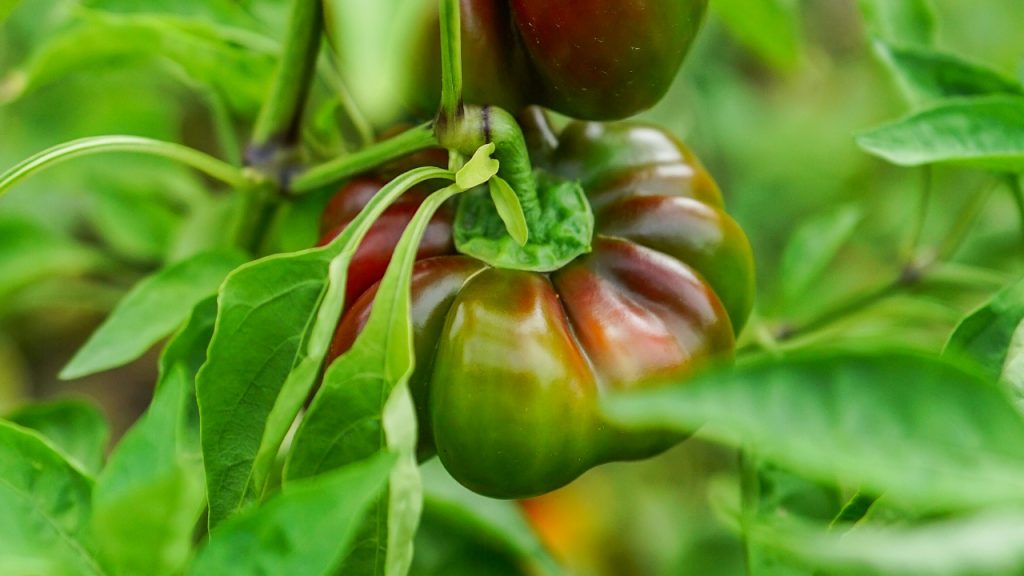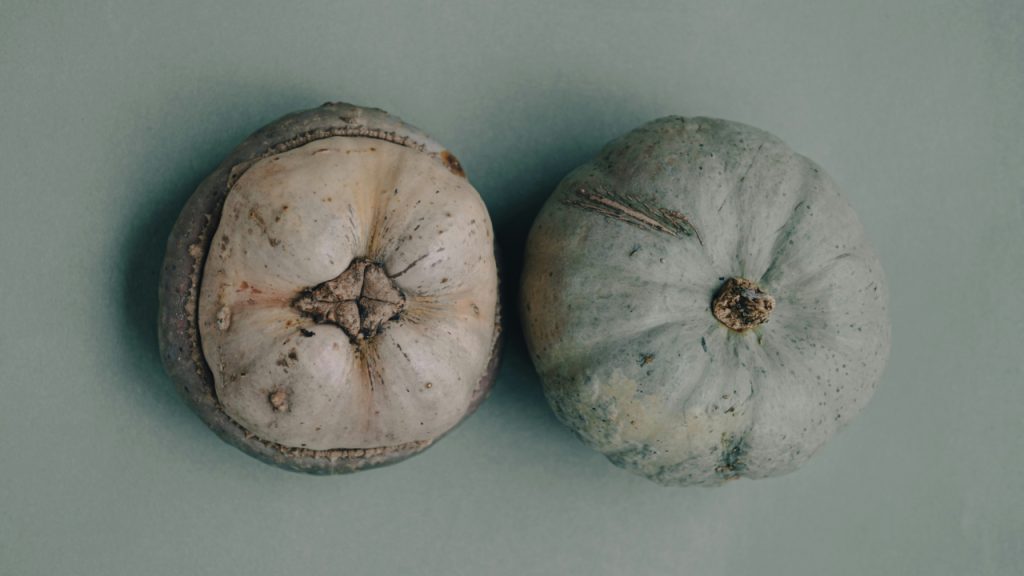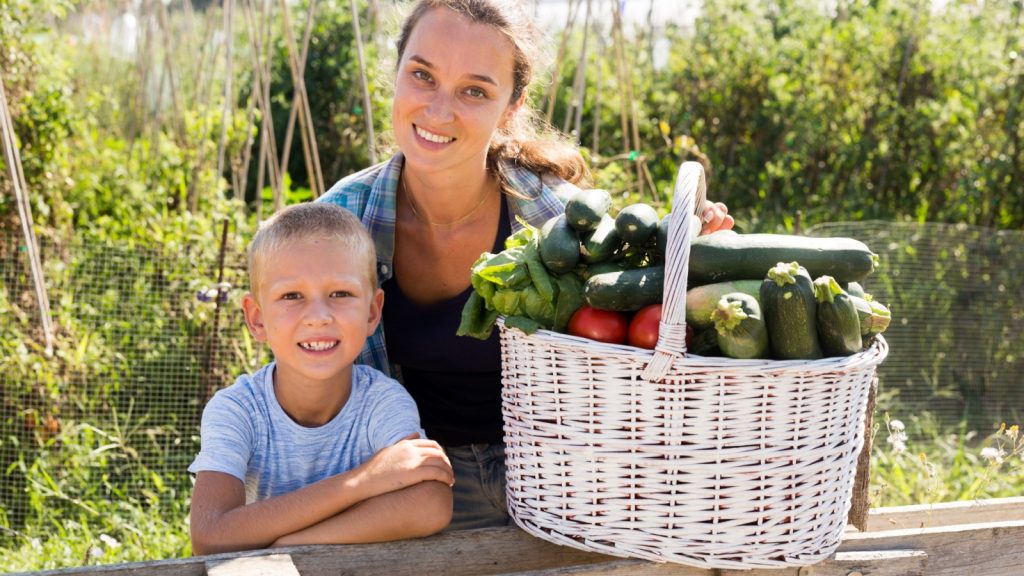I didn’t grow up thinking much about tomatoes—at least not until I had one from a friend’s garden that actually tasted like something. It was sweet, tangy, a little earthy, and honestly nothing like the watery ones from the store. That’s when I learned it was an heirloom variety, grown from seeds passed down over generations. Since then, I’ve been totally hooked on growing and eating heirloom veggies. There’s something about them that just feels real—like they still have a story to tell. And when it comes to flavor, they leave the supermarket stuff in the dust.
Heirlooms Are Bred for Flavor, Not Shelf Life
Most grocery store vegetables are picked for one thing: how well they ship and how long they last. That means they’re bred to ripen at the same time, resist bruising, and look nice on a shelf. But heirloom varieties? They were grown by families and small farmers who cared most about how they tasted. These are tomatoes meant for slicing onto sandwiches, beans meant for family stews, and melons that melt in your mouth. The flavor comes first—everything else is secondary.
They’re Allowed to Fully Ripen on the Plant

Big agriculture needs veggies that can survive days in trucks and cold storage. So they’re picked early, long before they’re ripe. But when you grow heirlooms yourself or get them from a local farm, they’re usually left to ripen right on the vine. That’s when fruits and veggies build their full flavor, sugars, and scent. It’s a short window of time, but it makes a huge difference—especially with tomatoes, melons, and peppers.
They’re Grown in Smaller, More Diverse Conditions
Heirloom vegetables are often grown by gardeners, small farms, or seed savers, not huge industrial fields. That means they’re grown in real soil, not just watered by machines or dosed with synthetic fertilizers. Smaller growers tend to use better soil and more careful practices, which naturally leads to healthier, tastier plants. When a carrot grows slowly in compost-rich soil, it just has more to work with flavor-wise than one grown fast in factory-farmed dirt.
The Genetic Variety Means More Interesting Flavors
Heirlooms haven’t been bred to be identical. One tomato might be deeply sweet, another tangy and rich. That variety is part of the magic. Grocery store produce has been narrowed down to a few uniform types, often chosen because they’re easy to grow or package—not because they taste good. With heirlooms, you’re getting back to a time when vegetables actually tasted different from one another, each with their own personality.
You Can Choose Varieties That Match Your Taste
Once you get into heirloom gardening, you realize you can pick vegetables based on what you like. Want a super sweet cherry tomato? Grow ‘Sun Gold’. Prefer a tomato that holds up in sauce? Try ‘San Marzano’. Some people love buttery lettuces, others want a spicy arugula bite. When you grow heirlooms, you’re not stuck with whatever the store decided you should want. You get to choose—and that choice leads to better meals, every time.
Ellen Reed lives where the road ends and the quiet begins. Her work tends to the tender space between solitude and connection, loss and joy, seed and harvest.
She's an author and journalist. When she's not in her garden, she's drinking tea and playing with her puppy.


